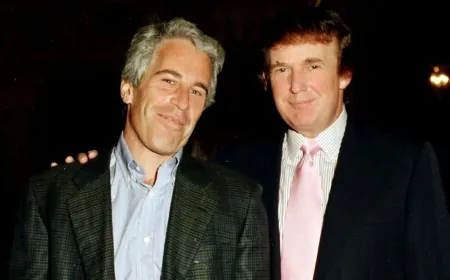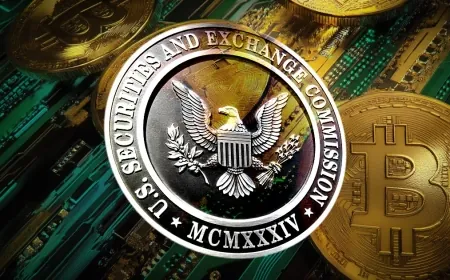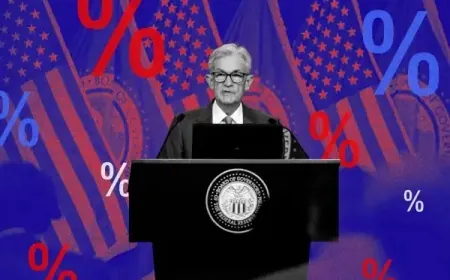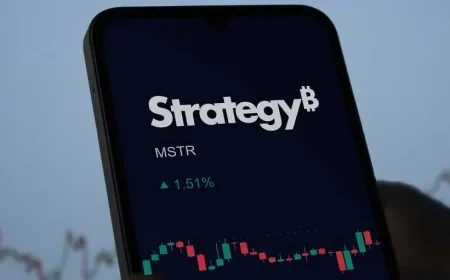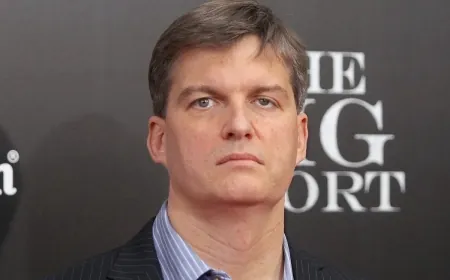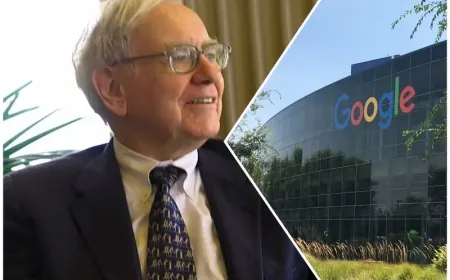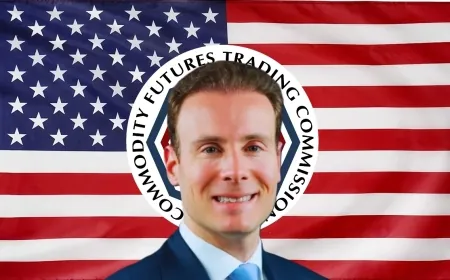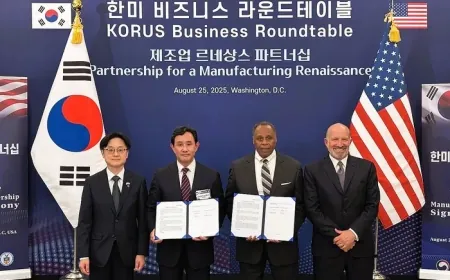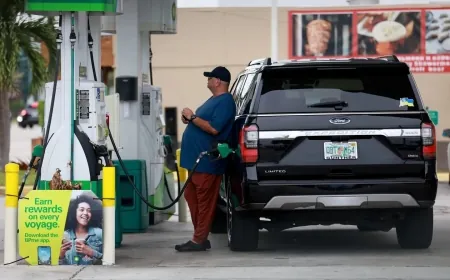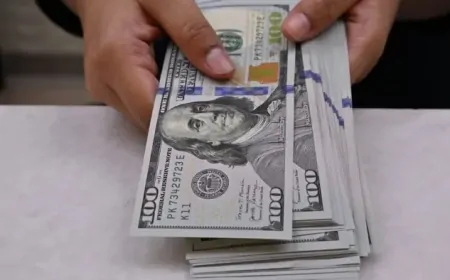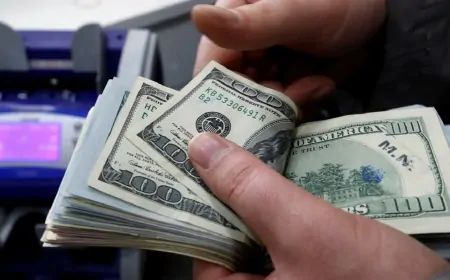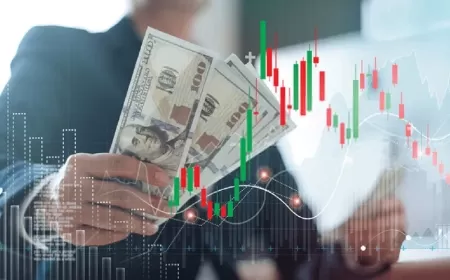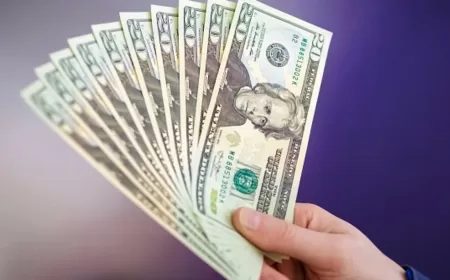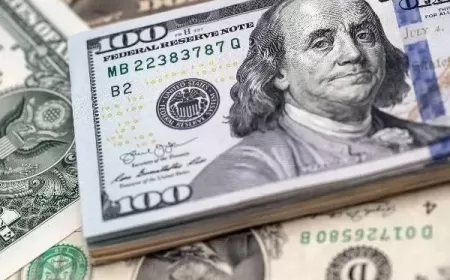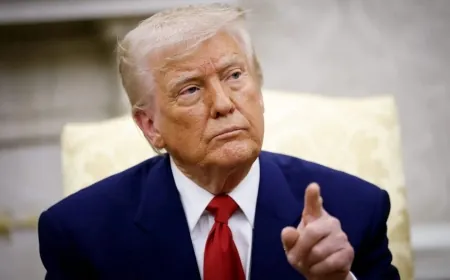Wall Street Eases Recession Concerns as U.S. Temporarily Suspends China Tariffs
Wall Street cuts recession odds as U.S. pauses China tariffs. Economists now expect stronger growth and higher S&P 500 targets for 2025.
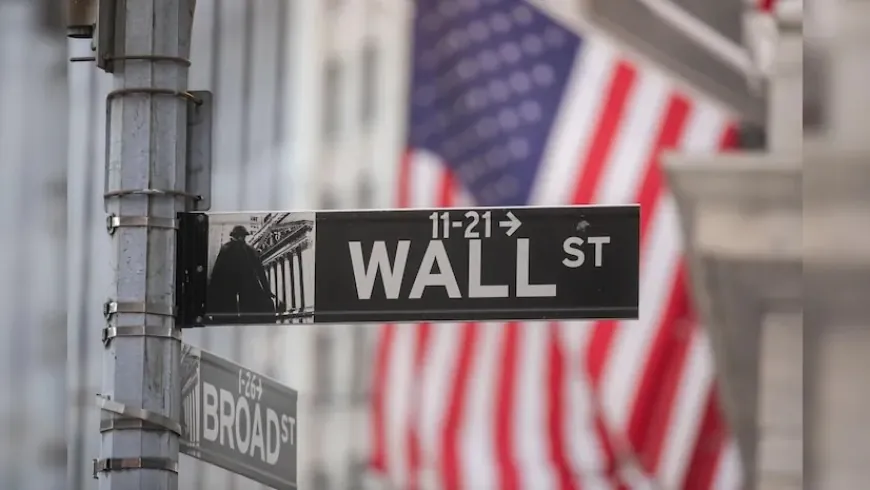
Wall Street is revising its outlook for the U.S. economy following a significant shift in trade policy: a 90-day suspension of most tariffs on Chinese goods. This strategic move has tempered recession fears and brought a wave of cautious optimism across financial markets and economic forecasts.
For months, fears of an economic downturn in late 2025 had been rising due to concerns that sweeping tariffs would lead to higher prices and weaker consumer demand. However, the recent decision to pause the bulk of these tariffs appears to have changed the narrative.
The impact of the tariff relief is immediate and measurable. The average effective U.S. tariff rate on Chinese imports has declined from around 24% to 14%, essentially functioning as a $300 billion cost reduction for American consumers and businesses. This unexpected policy shift is now seen as a potential buffer against economic slowdown.
Michael Feroli, Chief U.S. Economist at JPMorgan, who had previously warned of a recession following the tariff hike, has adjusted his position. He now believes the odds of a recession have dropped below 50%, citing the tariff rollback as a crucial factor that could sustain consumer spending and support modest growth.
"Lower tariffs act as a direct tax cut for consumers," Feroli explained. "That additional spending power may be just enough to keep growth afloat in the second half of the year."
Feroli’s updated projections reflect a broader sentiment on Wall Street. Goldman Sachs has decreased its 12-month recession probability to 35% from an earlier estimate of 45%. The firm has also raised its U.S. GDP growth forecast for the year to 1%, up from 0.5%, signaling greater confidence in the resilience of domestic demand.
Yardeni Research echoed this trend, upgrading its 2025 GDP forecast to a range of 1.5% to 2.5%. The research firm previously anticipated much slower growth, ranging from 0.5% to 1.5%. These upward revisions are a direct response to the expectation that softer trade barriers will reduce costs across supply chains, helping to stabilize prices and ease inflationary pressures.
Barclays, which had been among the more bearish voices predicting a recession, has also shifted its stance. The bank withdrew its call for an economic downturn, highlighting that the reduced tariff rates are likely to cause less disruption to consumer behavior, hiring trends, and overall economic activity.
Marc Giannoni, Chief U.S. Economist at Barclays, noted that earlier tariffs had already slowed the flow of goods into the country, with cargo volumes declining. This reduction in imports raised red flags about future inventory shortages, higher prices, and the potential for job cuts as businesses faced declining sales. Now, with tariffs on pause and the possibility of further reductions, those risks appear more manageable.
Despite the more upbeat sentiment, economists warn that challenges remain. The U.S. labor market is showing signs of cooling, and inflation could rise again later in the year, particularly if energy prices spike or supply chain bottlenecks re-emerge. Still, the overall tone among economists is markedly more hopeful.
The shift in economic forecasts has had a visible impact on equity markets. The initial spike in recession fears following the earlier tariff announcement had led many strategists to cut their year-end targets for the S&P 500. But with trade tensions easing, those targets are climbing again.
Ed Yardeni of Yardeni Research raised his S&P 500 year-end projection from 6,000 to 6,500, citing improved economic fundamentals and reduced policy risk. He also pointed to a steep decline in recession odds on betting platforms, where predictions have dropped from 51% to under 40% since the tariff pause was announced.
Goldman Sachs followed suit, boosting its forecast for the index from 5,900 to 6,100. David Kostin, the firm’s Chief U.S. Equity Strategist, attributed the adjustment to a combination of lower tariffs, stronger-than-expected growth, and a reduced threat of recession.
While market sentiment and economic models are shifting toward optimism, analysts remain mindful of the uncertainty that lies ahead. Policy direction, global demand, and inflation trends will all play critical roles in determining the true trajectory of the U.S. economy.
Nonetheless, the temporary tariff suspension has created a window of opportunity. For consumers, it means potential relief at the checkout counter. For businesses, it could ease import costs and support inventory rebuilding. And for Wall Street, it signals a potentially more stable path forward after months of volatility and economic concern.
Also Read: US–China Tariff Talks Enter Second Day Without Breakthrough as Trump Claims ‘Great Progress’
